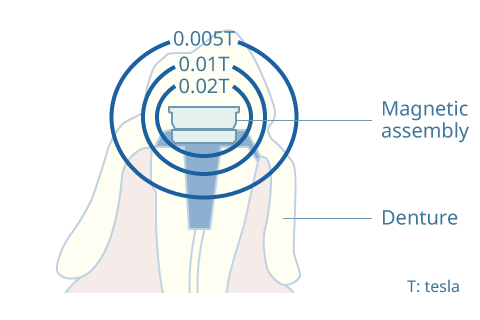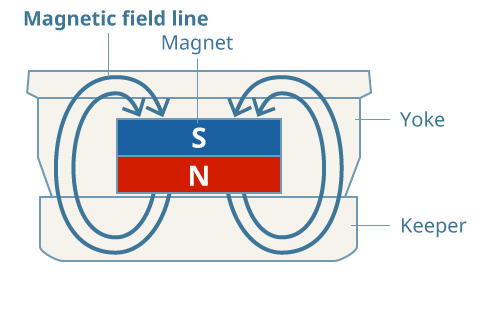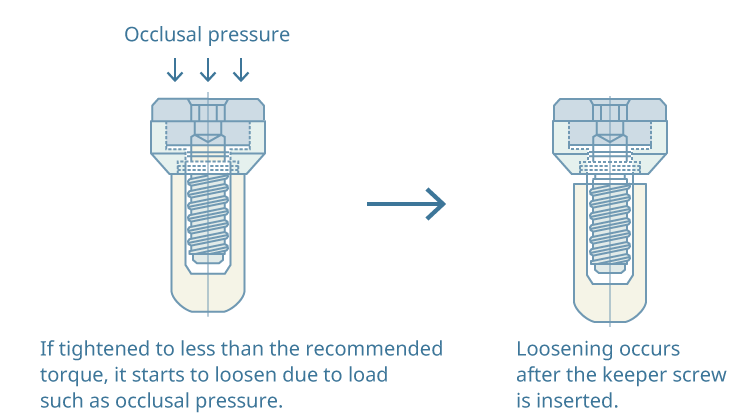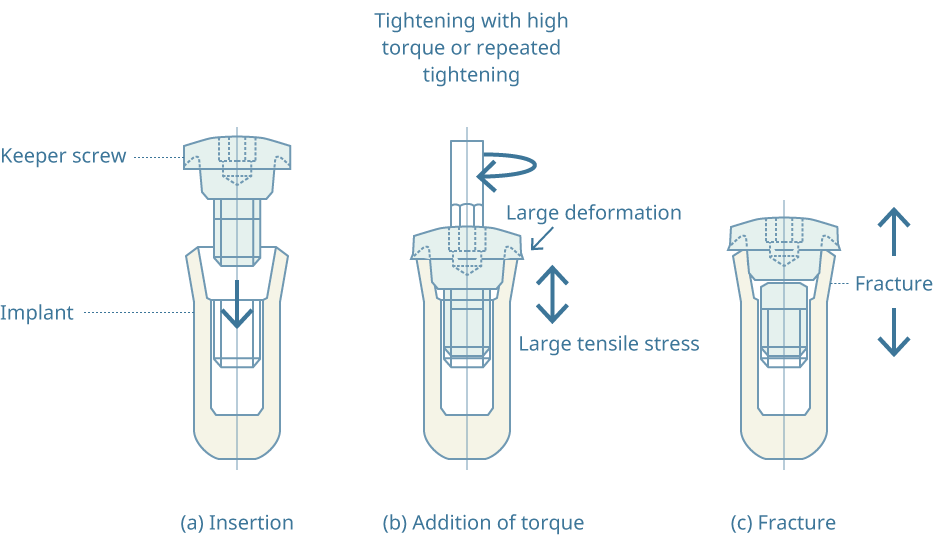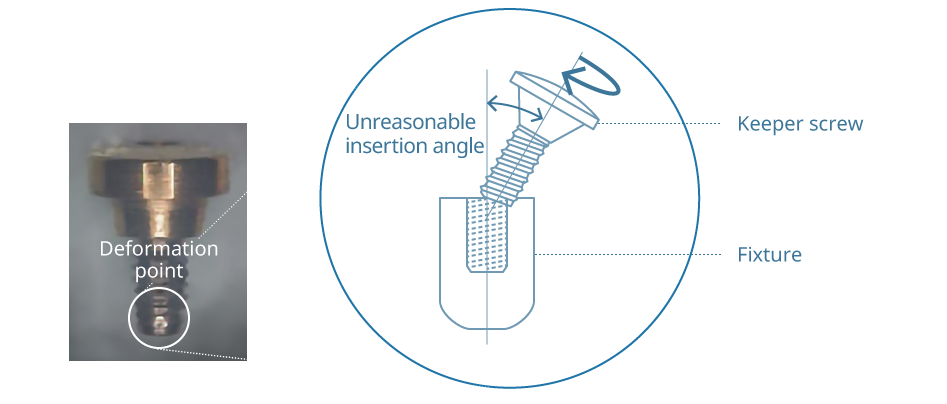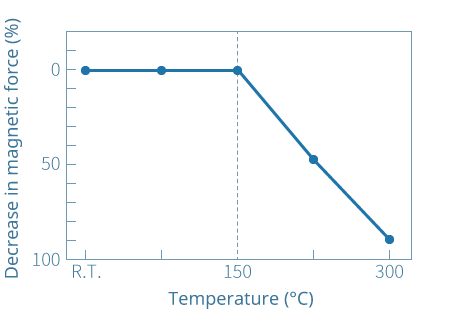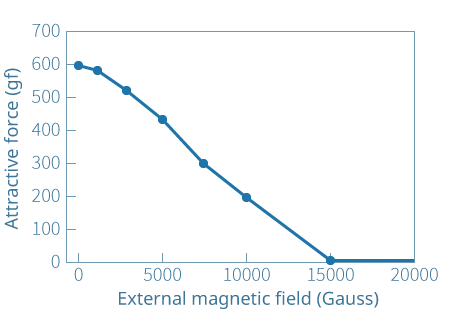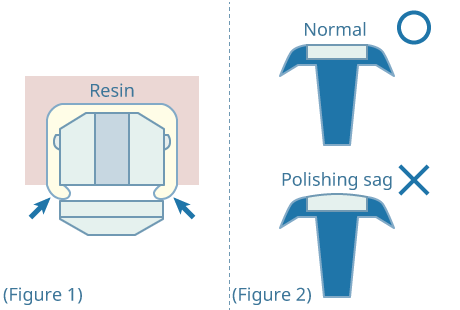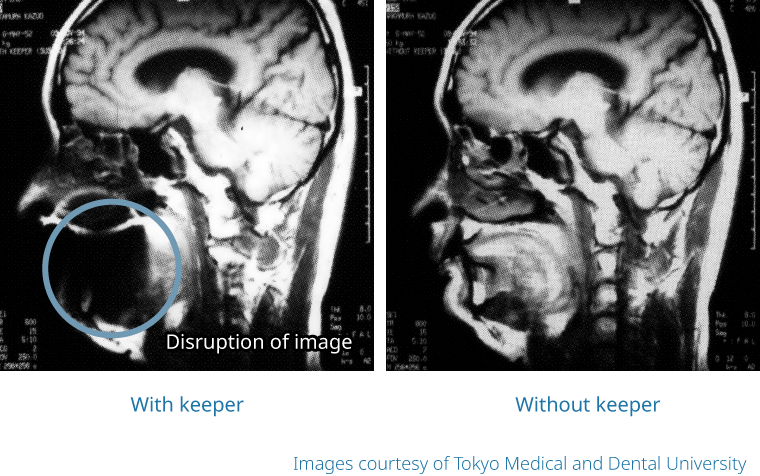Product/technology
-
Is there any impact of the magnetic field of MAGFIT™ on the human body?
-
Does the magnetic assembly have front and back sides?
-
Are there a front and back side for the keeper?
-
Can the size of the magnetic assembly be adjusted?
-
Is there any rubber mold dedicated to MAGFIT™ M?
-
Is there any space gauge dedicated to MAGFIT™ M?
-
Why is there no holder for the MAGFIT™ M keeper?
-
What part of the natural tooth is used?
-
Is the combination of the magnetic assembly and the keeper fixed?
Before applying a denture (technical work/treatment)
-
What are the precautions for applying magnetic attachments to implants?
-
What should I do if the implant keeper is not fit or comes loose?
-
How can I prevent a denture from fracture?
-
Can the size of the magnetic assembly be adjusted?
-
Why is there no holder for the MAGFIT™ M keeper?
-
What is the approximate base diameter required for the magnetic attachment?
-
How should products be selected for areas where a natural tooth is used?
-
Is there any method to remove the oxide film on the keeper after cast?
After applying a denture (daily life, maintenance, etc.)
-
I have undergone a trouble where the attractive force declined.
What are the causes and points to note? -
Is there any impact of the magnetic field of MAGFIT™ on the human body?
-
Is there any impact on MRI diagnosis?
-
What should I do if the implant keeper is not fit or comes loose?
-
How can I prevent a denture from fracture?
-
Is there any impact of CT imaging on a decrease in the magnetic force of the magnetic assembly?
-
What impacts are there on pacemakers?
-
Is there any impact from metal detectors?
-
What type of denture cleaner should I use?
-
Please tell me what to do when I feel that the attractive force decreases.
Others
-
How much does it cost to make a magnetic denture?
-
Where can I buy it?


